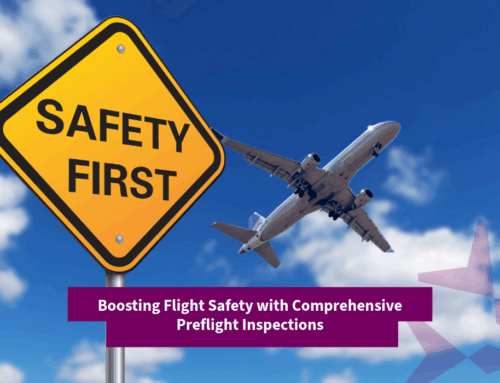Cost-Saving Strategies for Aircraft Owners and Operators
Owning and operating an aircraft is a significant investment, with expenses ranging from maintenance and fuel to insurance and regulatory compliance. However, with proper planning and strategic management, aircraft owners and operators can reduce costs without compromising safety or efficiency. Below are actionable cost-saving strategies tailored to help manage the financial challenges of aircraft ownership and operation.

1. Optimize Flight Operations
Efficient flight operations directly impact fuel usage, crew costs, and overall operating expenses.
- Fuel Efficiency: Plan optimized flight routes and altitudes to reduce fuel burn. Utilize real-time weather and traffic data to avoid unnecessary deviations.
- Idle Time Reduction: Minimize ground delays and APU (Auxiliary Power Unit) usage to conserve fuel and reduce maintenance costs.
- Load Balancing: Ensure cargo and passenger load distribution is optimal to maintain fuel efficiency and aircraft performance.
2. Invest in Preventive Maintenance
Regular maintenance is crucial for safety and cost control. Addressing issues early prevents costly repairs down the line.
- Scheduled Inspections: Adhere to maintenance schedules to identify and fix potential problems early.
- Predictive Maintenance: Use advanced analytics and monitoring systems to anticipate and address component wear before failure occurs.
- Bulk Procurement: Purchase commonly used spare parts and consumables in bulk to reduce costs.
3. Leverage Flight Support Services
Partnering with flight support services can streamline operations and save money.
- Efficient Ground Handling: Opt for service providers that offer competitive rates for fueling, de-icing, and ground support equipment.
- Consolidated Services: Choose providers that bundle services like flight planning, overflight permits, and ground handling to lower overall costs.
- Negotiated Rates: Establish long-term agreements with service providers to secure discounts.
4. Implement Fuel Management Strategies
Fuel is one of the largest operating costs for aircraft. Strategic fuel management can lead to significant savings.
- Fuel Hedging: Lock in fuel prices during favorable market conditions to mitigate price volatility.
- Preferred Fuel Programs: Join programs offered by fuel providers to access discounts at frequently used airports.
- Tinkering: Refuel at locations with lower fuel prices when operationally feasible.
5. Optimize Crew Scheduling and Training
Labor costs, including crew salaries and training, are a substantial portion of operating expenses.
- Efficient Rostering: Use scheduling software to avoid overstaffing and minimize overtime costs.
- Cross-Training: Train crew members for multiple roles to maximize versatility and reduce staffing needs.
- Simulator Training: Incorporate simulators into training programs to cut costs while maintaining high training standards.
6. Explore Chartering Opportunities
When the aircraft is not in use, leasing or chartering it can offset ownership costs.
- Partnerships with Charter Operators: Collaborate with charter companies to maximize aircraft utilization during downtime.
- Empty Leg Flights: List empty-leg flights to attract customers and generate revenue.
- Membership Programs: Offer membership or fractional ownership options to increase utilization.
7. Adopt Advanced Technology
Investing in technology can lead to long-term savings.
- Fleet Management Software: Streamline operations and reduce inefficiencies through data-driven insights.
- Digital Documentation: Transition to paperless processes to save on printing and storage costs.
- Energy-Efficient Upgrades: Install lightweight materials, advanced avionics, and winglets to improve fuel efficiency.
8. Review and Negotiate Insurance Policies
Insurance premiums can be a considerable expense, but regular reviews can reveal cost-saving opportunities.
- Policy Bundling: Combine coverage for multiple aircraft or operations to secure discounts.
- Risk Mitigation: Demonstrate safety practices and training programs to negotiate lower premiums.
- Regular Comparisons: Compare quotes from different insurers to ensure competitive rates.
9. Join Aircraft Owner Associations
Membership in aircraft owner associations provides access to cost-saving benefits.
- Group Discounts: Take advantage of bulk purchasing deals for parts, fuel, and services.
- Industry Insights: Access resources and networks to identify cost-saving opportunities.
- Advocacy: Benefit from lobbying efforts that push for favorable regulatory changes.
10. Monitor and Optimize Operational Expenses
Regularly reviewing expenses can reveal areas for improvement.
- Data Analysis: Use performance and expense data to identify inefficiencies.
- Budget Management: Set clear budgets for fuel, maintenance, and crew expenses to avoid overspending.
- Periodic Audits: Conduct audits of service contracts and suppliers to ensure competitive pricing.






